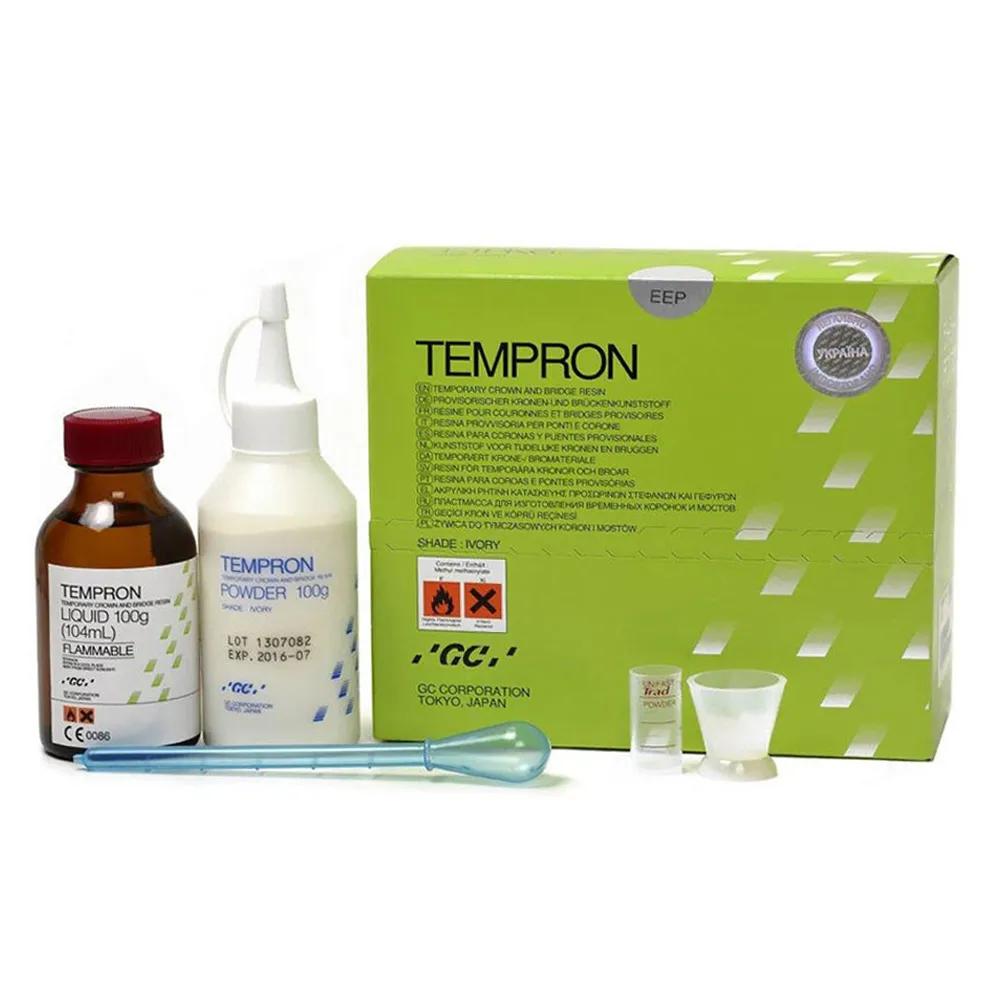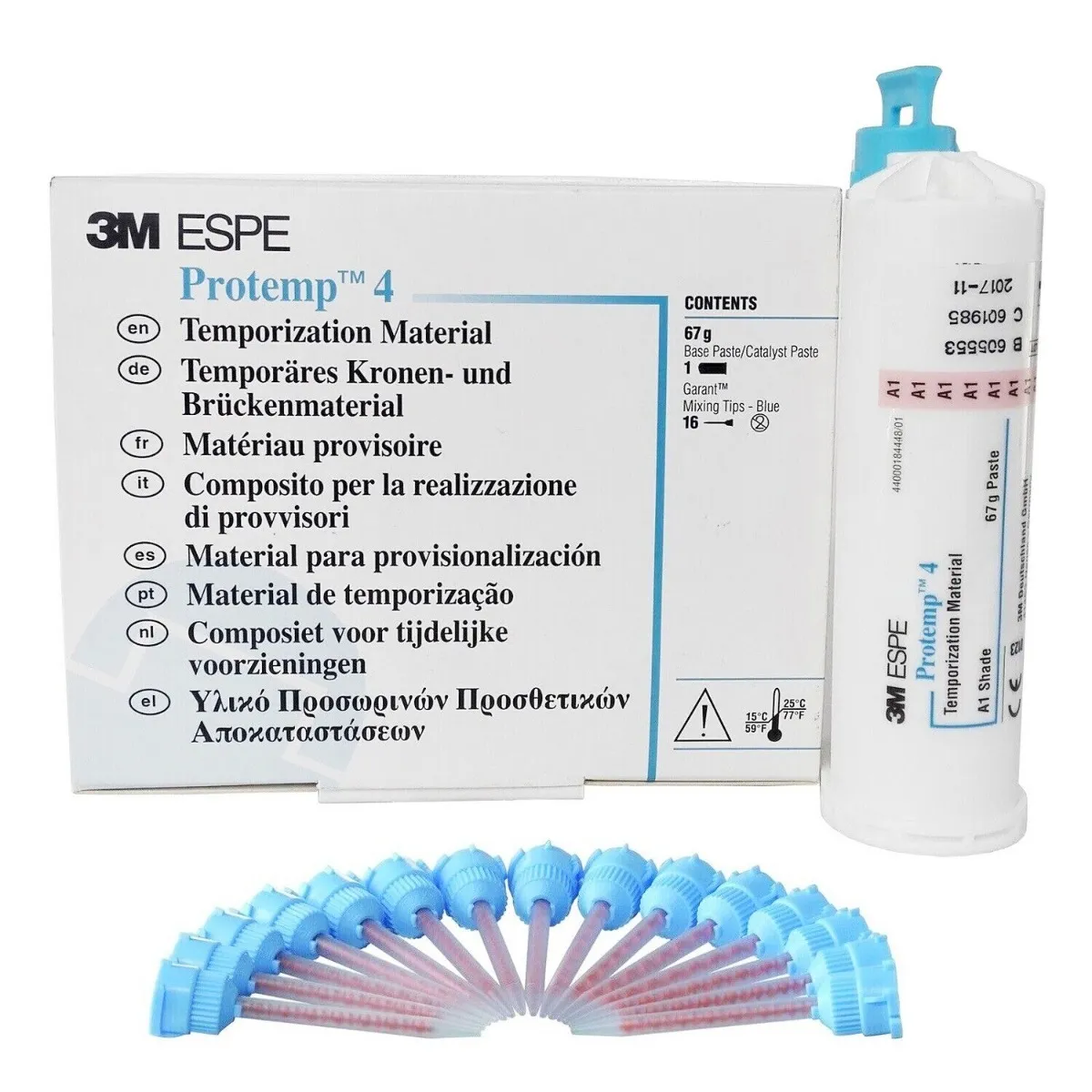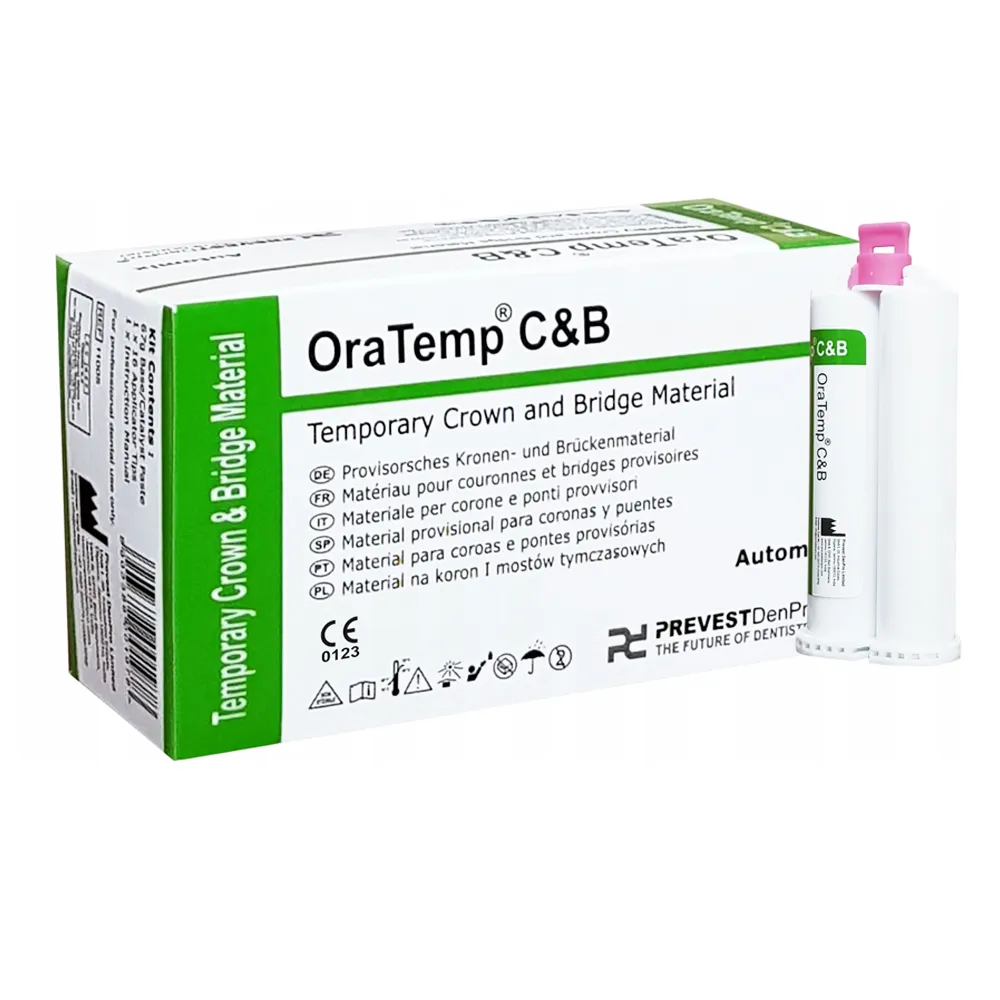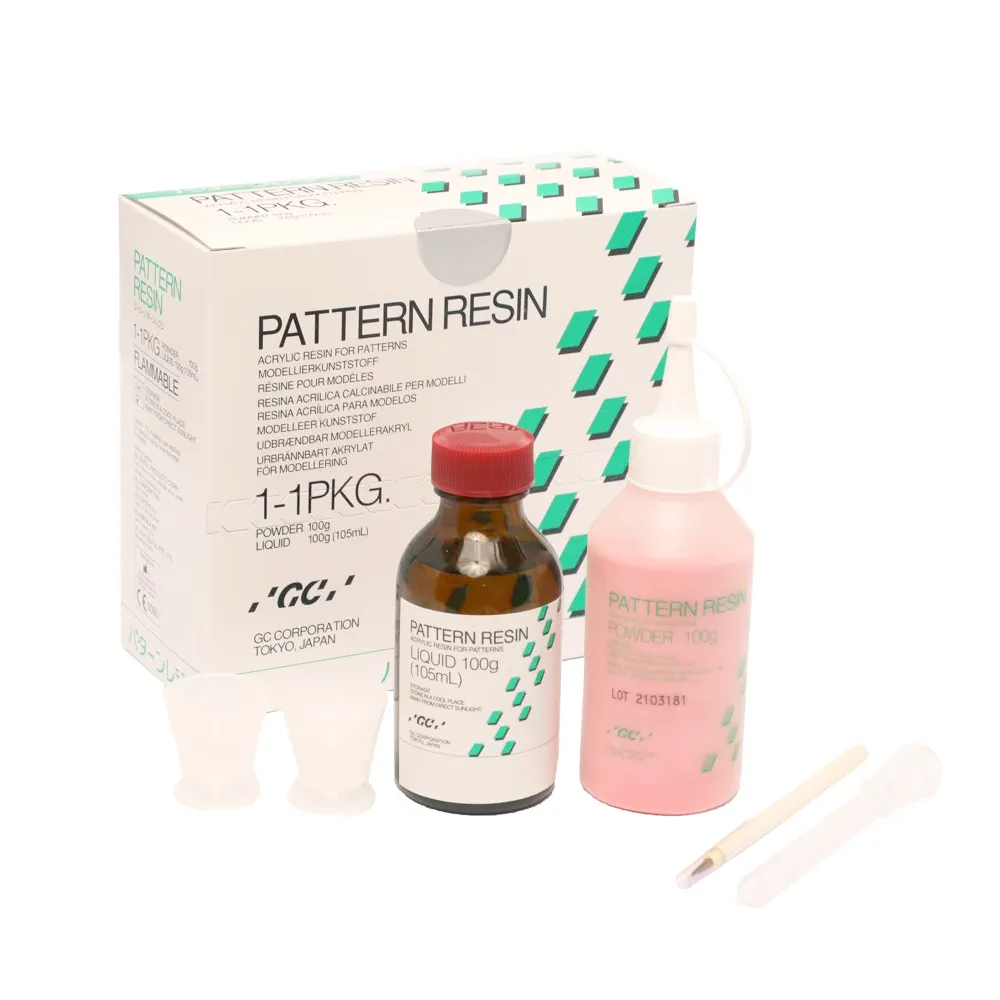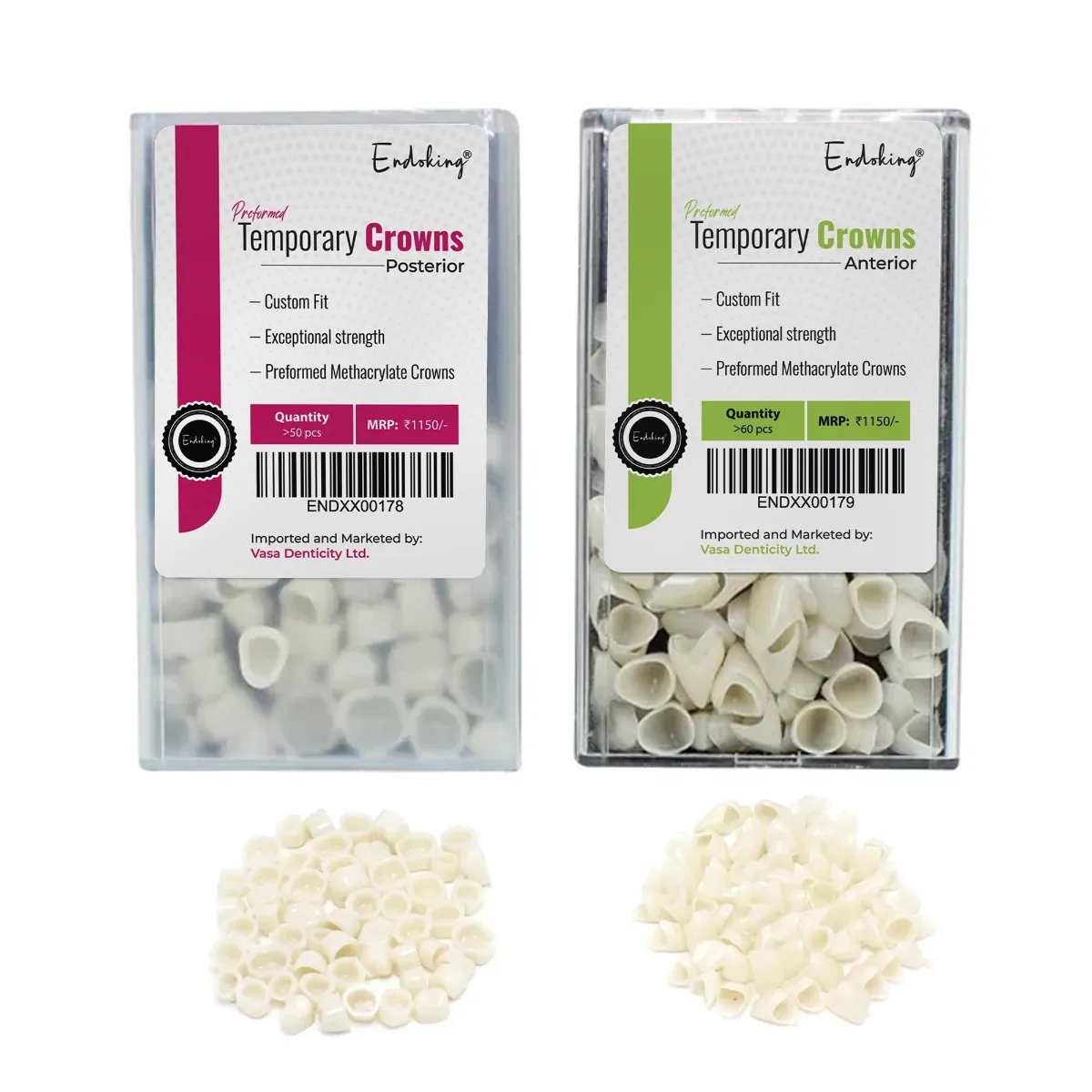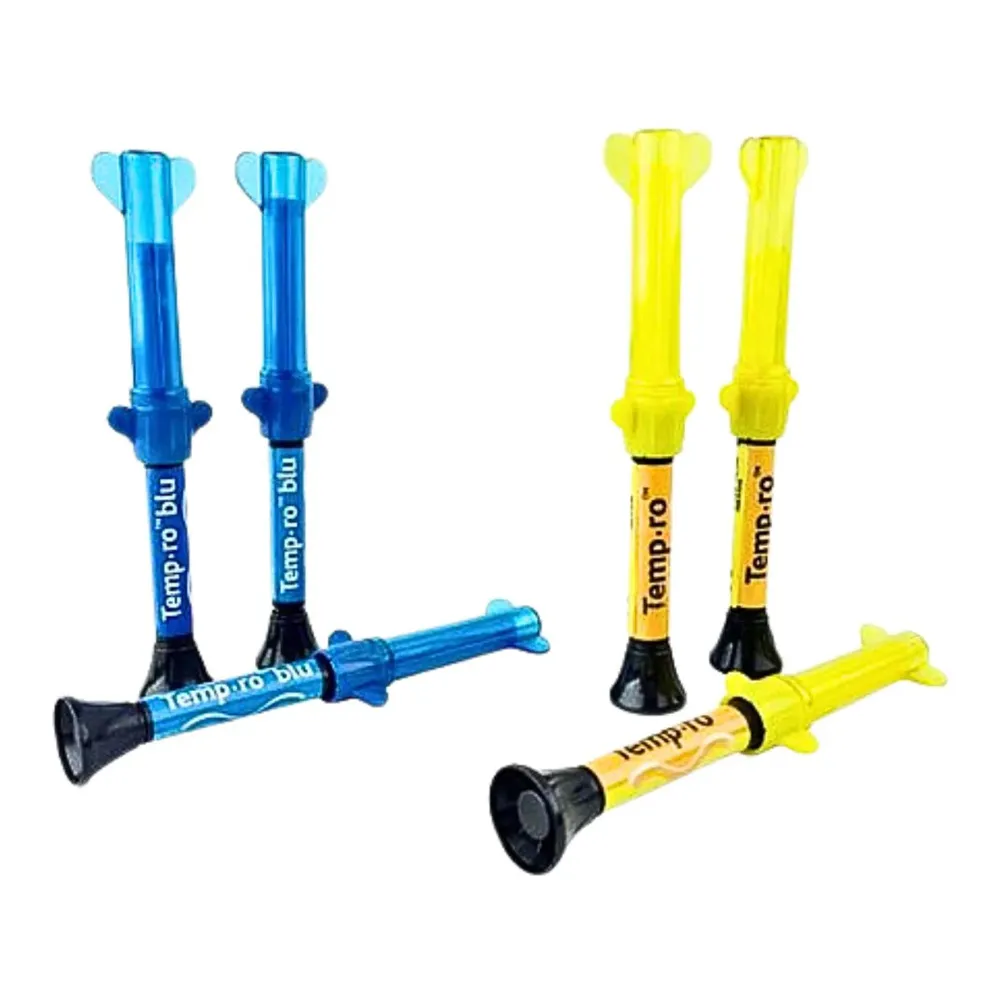Temporary Crown Materials, available in the Prosthodontics category on Dentalkart, cater to the diverse needs of dental professionals in the realm of crowns. Temporary crown materials are essential in prosthodontics as they provide interim protection, aesthetics, and functionality while permanent restorations are being fabricated. These materials allow for a seamless transition from tooth preparation to final restoration placement, ensuring patient comfort and satisfaction during the interim period.
Types of Temporary Crown Materials:
- Acrylic Resins (Monomethacrylate/Polymethacrylate-Based): These materials are widely used for temporary crowns due to their versatility and ease of use. They offer good esthetics, reasonable strength, and ease of adjustment. Monomethacrylate-based acrylics offer faster setting times, while polymethacrylate-based acrylics provide greater strength and stability.
- Chemical-Cure/Light Cure Composite (Dimethacrylate-Based): Dimethacrylate-based composites offer enhanced aesthetics and strength. Chemical-cure composites harden through a chemical reaction, while light-cure composites polymerize when exposed to a curing light. They provide quick placement and adjustment, making them suitable for chairside temporary restorations.
Dentalkart's Wide Range of Products in the Temporary Crown Materials Category:
Dentalkart offers an extensive array of temporary crown materials, catering to the diverse preferences and needs of dental professionals. With brands like 3M Espe, Alphadent, Coltene Whaledent, Dentsply, DMG, GC, Prevest Denpro, and Zhermack, Dentalkart ensures access to high-quality options. Whether dental professionals require acrylic resins for convenient and efficient chairside procedures or dimethacrylate-based composites for enhanced aesthetics, Dentalkart's collection meets every requirement. With different setting times, esthetic properties, and strengths, dental professionals can choose the most suitable temporary crown materials based on their patient's needs and their clinical preferences.
Q: Does temporary crown need cement?
A: Yes, temporary crowns require temporary cement for stability and function during the interim period before the placement of permanent crowns. Dentalkart offers a range of temporary cements to ensure reliable adhesion and optimal patient experience during the transition from temporary to permanent restorations.
Q: Do temporary crown contain metal?
A: No, temporary crowns typically do not contain metal. They are commonly made from materials like acrylic resin or composite, which offer temporary protection and aesthetics. These materials are non-metallic and designed to serve as placeholders until the permanent crown, which may contain metal or ceramic, is ready for placement.
Q: What colour is a temporary crown?
A: Temporary crowns are usually tooth-colored or white. They are designed to mimic the natural appearance of teeth, providing an aesthetically pleasing interim restoration. The color is chosen to blend seamlessly with the patient's existing dentition, ensuring a temporary crown that is discreet and visually appealing.
Q: Do temporary crown crack easily?
A: Temporary crowns can be more prone to cracking or chipping compared to permanent crowns. They are typically made from materials that prioritize ease of fabrication and temporary use. While they are designed to provide functional protection during the interim period, patients are advised to avoid chewing hard or sticky foods and to handle the temporary crown with care to prevent any potential damage.
Q: What factors should I consider when selecting the most suitable temporary crown material for a specific clinical case?
A: Consider the patient's bite forces, esthetic demands, and duration of temporary use. Light-cured composites offer enhanced esthetics and strength for short-term use, while acrylic resins provide versatility. Patient compliance, occlusion, and material handling preferences play roles in material selection.
Q: How can I manage challenging cases, such as patients with bruxism, when fabricating and placing temporary crowns?
A: Opt for stronger temporary materials like reinforced acrylic resins for bruxism cases. Consider fabricating occlusal splints to protect both the temporary crown and natural dentition. Monitor the patient closely and adjust the occlusion as needed to prevent damage to the temporary crown.
Q: In cases involving immediate implant placement, what novel materials or techniques can I explore to fabricate immediate-load temporary crowns with biomechanical stability and peri-implant tissue compatibility?
A: Explore high-performance polymers like PEEK (polyetheretherketone) or novel hybrid materials with enhanced strength and biocompatibility. Utilize CAD/CAM technology to design immediate-load temporary crowns that provide optimal biomechanics and tissue compatibility.
Q: How can I tailor the polymerization process of light-cured composite temporary crowns to ensure depth of cure and minimize polymerization shrinkage-induced discrepancies?
A: Employ pulse-delay curing techniques to achieve uniform polymerization and depth of cure. Combine low-shrinkage composites with controlled light intensity to minimize shrinkage stress, ensuring minimal discrepancies and long-term stability.
Q: Can I utilize non-invasive optical coherence tomography (OCT) to assess the adaptation and marginal integrity of temporary crowns, ensuring precision and longevity?
A: OCT offers high-resolution imaging, but its applicability to assess marginal integrity in clinical settings might be limited due to accessibility challenges. Techniques like digital impressions and microscope examination remain crucial for precise adaptation evaluation.
















